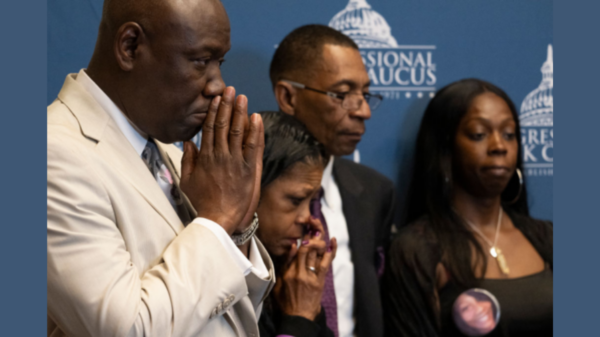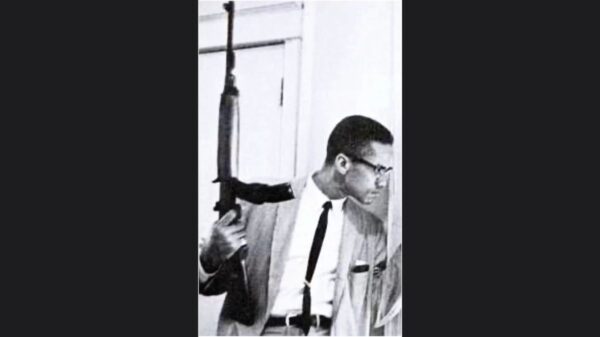
Art has a way of connecting people and the Harlem Renaissance at the beginning of the 1900s represented a period where Black art sparked a cultural revolution that saw Black success attracting people of all races.
It was a movement featuring Black Pride that formed the foundation for the Civil Rights Movement.
The National Gallery of Art describes it as “a period of rich cross-disciplinary artistic and cultural activity among African Americans…artists associated with the movement asserted pride in black life and identity, a rising consciousness of inequality and discrimination and interest in the rapidly changing modern world—many experiencing a freedom of expression through the arts for the first time.”
It was a Renaissance that lasted until the start of the Great Depression and the abolishment of Prohibition, making speakeasies less popular. The final nail in its coffin was the Harlem Race Riot of 1935.
Harlem becomes a cultural center due to migration
Some of the major figures of the Harlem Renaissance were Langston Hughes, Zora Neale Hurston, Countee Cullen, Louis Armstrong, Paul Robeson, Josephine Baker, Ma Rainey, Aaron Douglas and Marcus Garvey.
The Renaissance started with the Great Migration north, with Harlem being one of the most popular destinations for Blacks from the South to move to, according to History.com. The three-mile neighborhood had the highest concentration of Black people in the world. People like W.E.B. Du Bois led a Black Pride movement that put a spotlight on Black cultural achievements.
Artists change racial perceptions
Poets and novelists wrote about Black cultural identity and editors founded literary magazines. Some of these publications painted exotic pictures of life in Harlem that attracted tourists who viewed Black cultural life in a positive way.
Music played a huge role in the Harlem Renaissance. In 1927, the Savoy opened an integrated ballroom with two bandstands. People flocked to it to listen to jazz and dance, creating a nightlife in Harlem. Then there were places like the Cotton Club that were geared toward white people who wanted to experience Black culture, but not rub elbows with actual Black people. It featured performances by such people as Duke Ellington and Cab Calloway even while allowing only white customers.
In addition to writers and musicians, intellectuals, sculptors, dancers, actors and opera performers all created art that gave a realistic look into what it meant to be Black in America. They demanded equality and civil rights.
The Smithsonian’s National Museum of African American History and Culture records the achievements of Black artists in this period. It shows how the Harlem Renaissance permanently changed America for the better and inspired future generations of Black artists. In one of their website articles, they write, “The self-portrait of African American life, identity and culture that emerged from Harlem was transmitted to the world at large, challenging the racist and disparaging stereotypes of the Jim Crow South. In doing so, it radically redefined how people of other races viewed African Americans and understood the African American experience.”









You must be logged in to post a comment Login